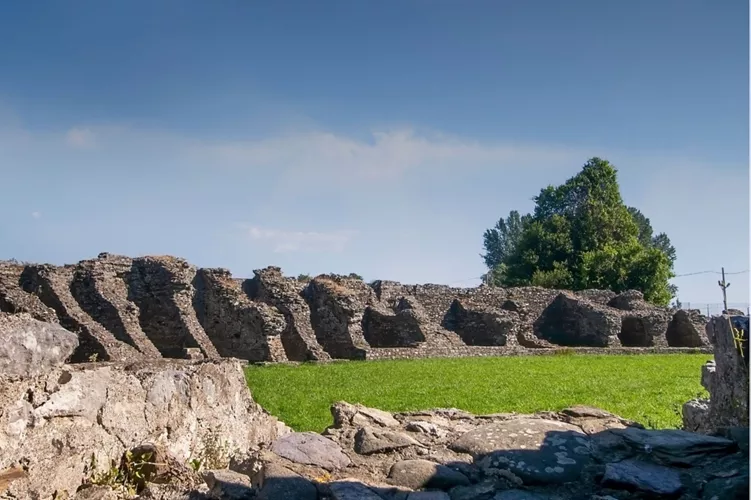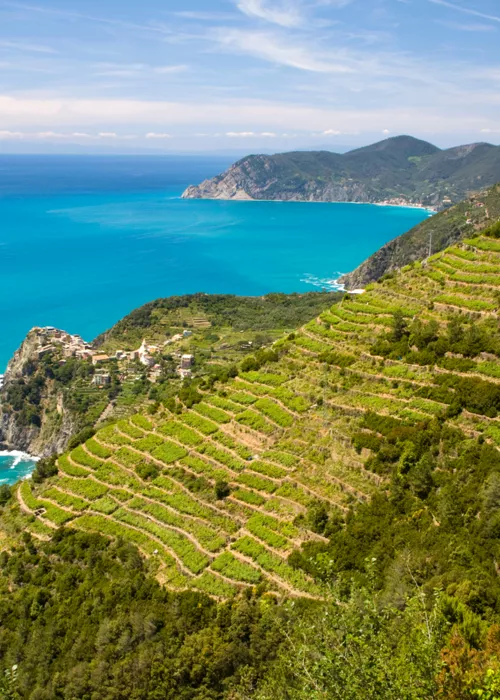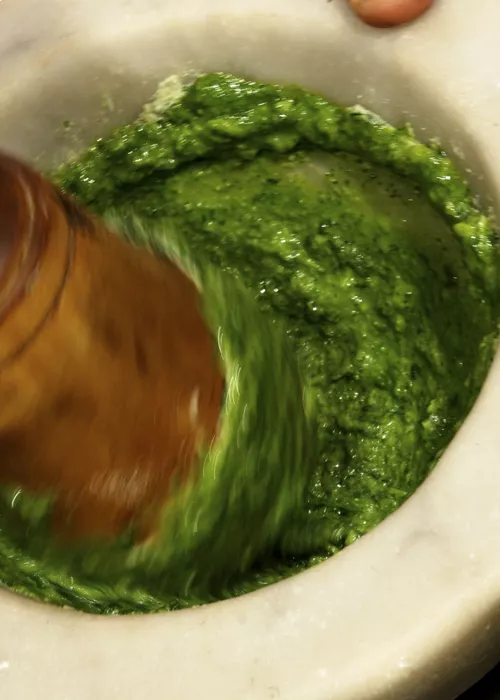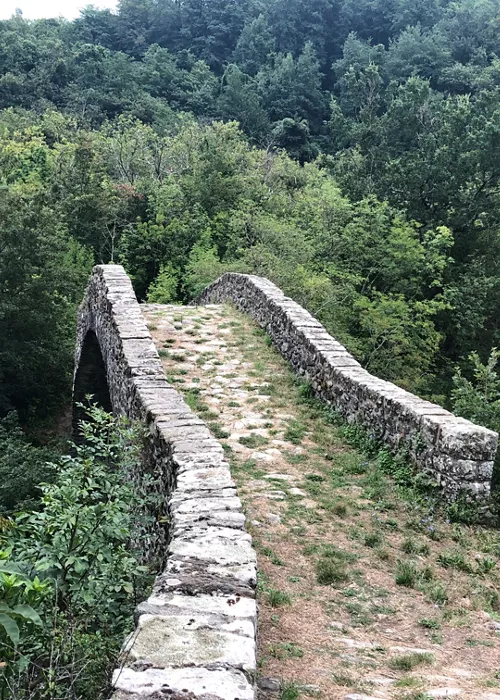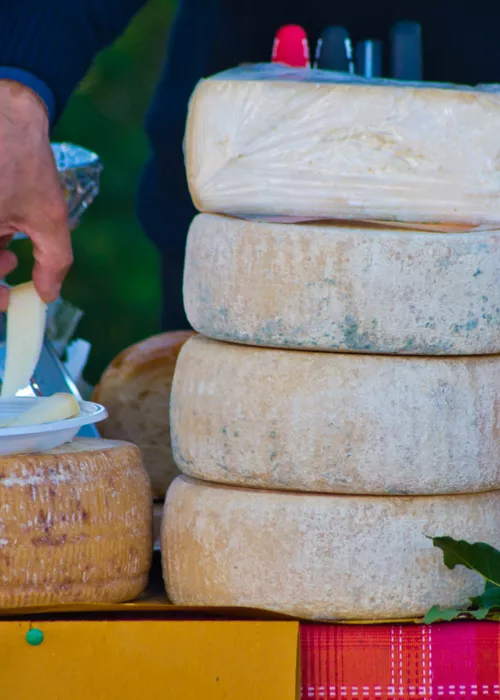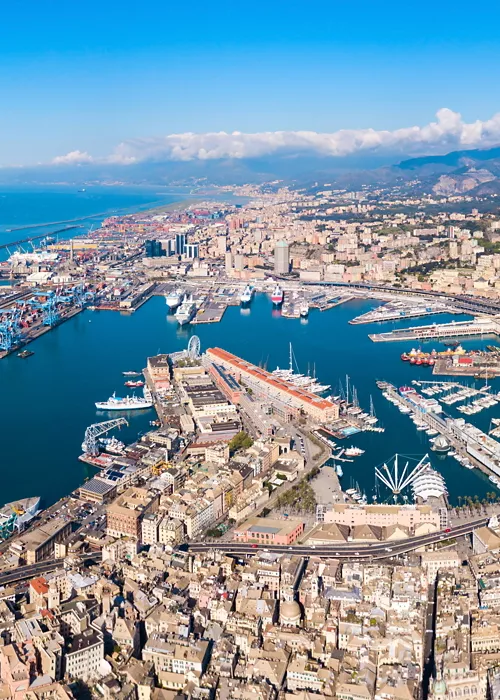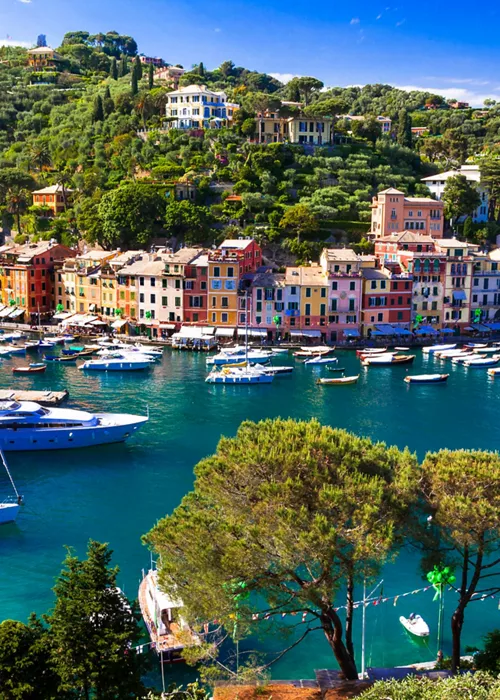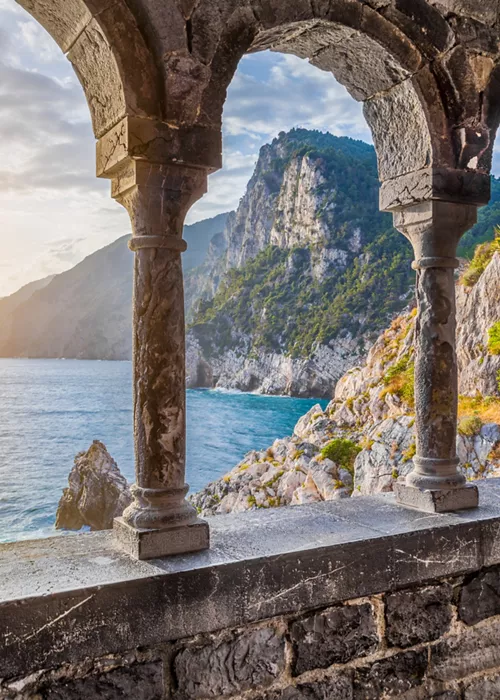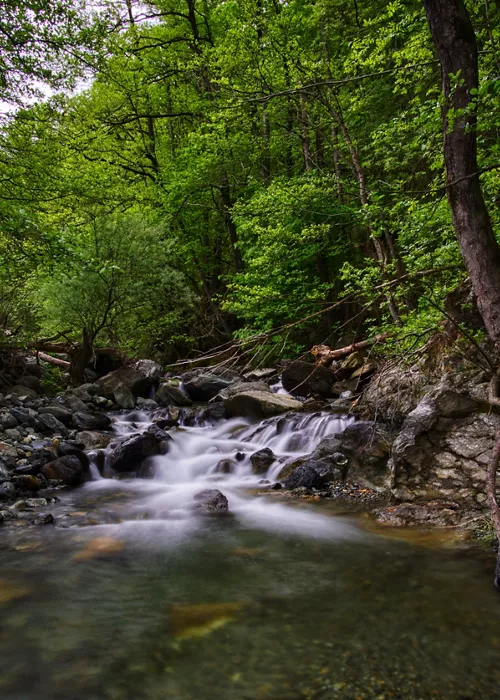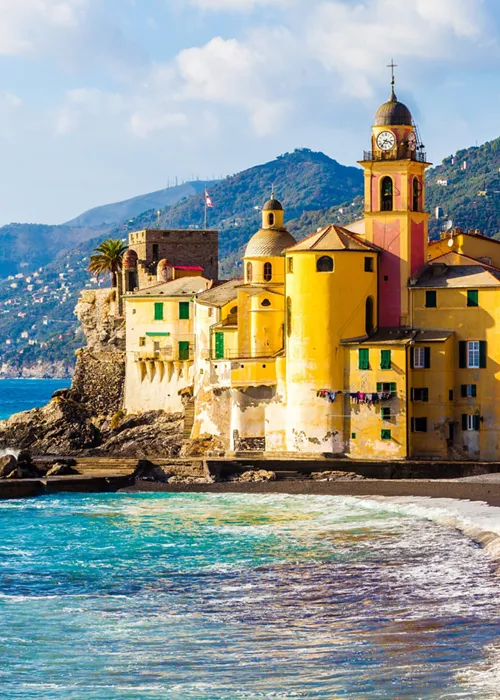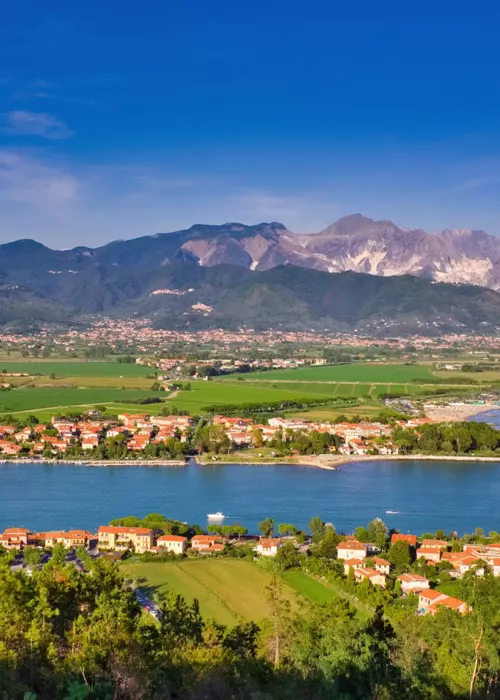The ancient district of Luni, where the past lives on
As you explore the ancient municipality of Luni you will note that the area retains so many reminders of its ancient past. In the opulent centre the streets are once again densely populated by visitors gathering within the forum, while the local day-to-day activities carry on around them. This precious archaeological area draws us back into the age of the flourishing Roman colony established at the mouth of the Magra River and the period when it was visited by the pilgrims who boarded boats that would take them to Santiago.
Close your eyes for a moment and relive the past
Imagine the elegance of paved roads leading out to stately homes which are very well-decorated and the elegance of which would definitely surpass that of most modern homes endowed with every essential convenience and, passing through the portal, you find yourself entirely at ease among splendid colours and precious mosaics, at a majestic amphitheatre outside the ancient walls of the city and close to large temples and basilicas.
Of course, today we may only observe the few remaining elements of the ancient structures but if we exercise our imagination, in this area, which lends its name to the entire territory of the Lunigiana district, we may note how fascinating fragments of its early existence reveal how with the passing of time the life and habits of people do not really differ greatly from the lifestyle of a distant past.
Signs of beauty of a goddess
Luni is situated in the municipal district of Ortonovo on the border between the regions of Liguria and Tuscany.
The ancient road leading towards Luni follows the route of the Via Francigena, an itinerary that was described in great detail in the diaries of various merchants.
With regard to the origin of its place name, etymological scholars are not certain but the name may derive from that of a primitive Italic goddess or even the sickle-shape form of the nearby port. More precisely, the ancient colony may have been consecrated to the Roman goddess of the same name, perhaps at the behest of Marco Emilio Lepido, who participated in the foundation of the colony.
However, the name “Luna” would apparently also refer to the somewhat indomitable character of Artemis-Diana, the tutelary goddess of wild and unhealthy places, such as marshes and wetlands. The land in this area was in fact reclaimed and restored before it was able to reveal its great value.
Splendour and decay
Considering its origins, in an abandoned and uncultivated territory the development of a well-populated site of considerable impact was initiated thanks to the determination and tireless work of many labourers, and continuing until Luni revealed its true nature for the first time in 177 BC thanks to the intervention of the Romans.
Its foundation was mainly linked to strategic military plans and its port immediately became a facility that generated local wealth. Ships loaded with goods and, above all, with marble of great quality started off from this point on long journeys to distant locations. However, the era of triumph was followed by a period of decline, characterised by plundering, invasions and epidemics, with relative reactions involving emigration.
How to reach Luni
To visit Luni and start strolling through the historical sites you can arrive by train, starting from the Sarzana and Carrara railway stations. If you travel down from the Parma district it is advisable to use the station at Santo Stefano di Magra. Travelling by car, you would probably follow the A12 Genova-Livorno motorway and exit at Sarzana or Carrara. Alternatively, you may prefer the A15 Parma-La Spezia route; you can leave the motorway at Sarzana, and then follow the main road Via Aurelia No.1.



